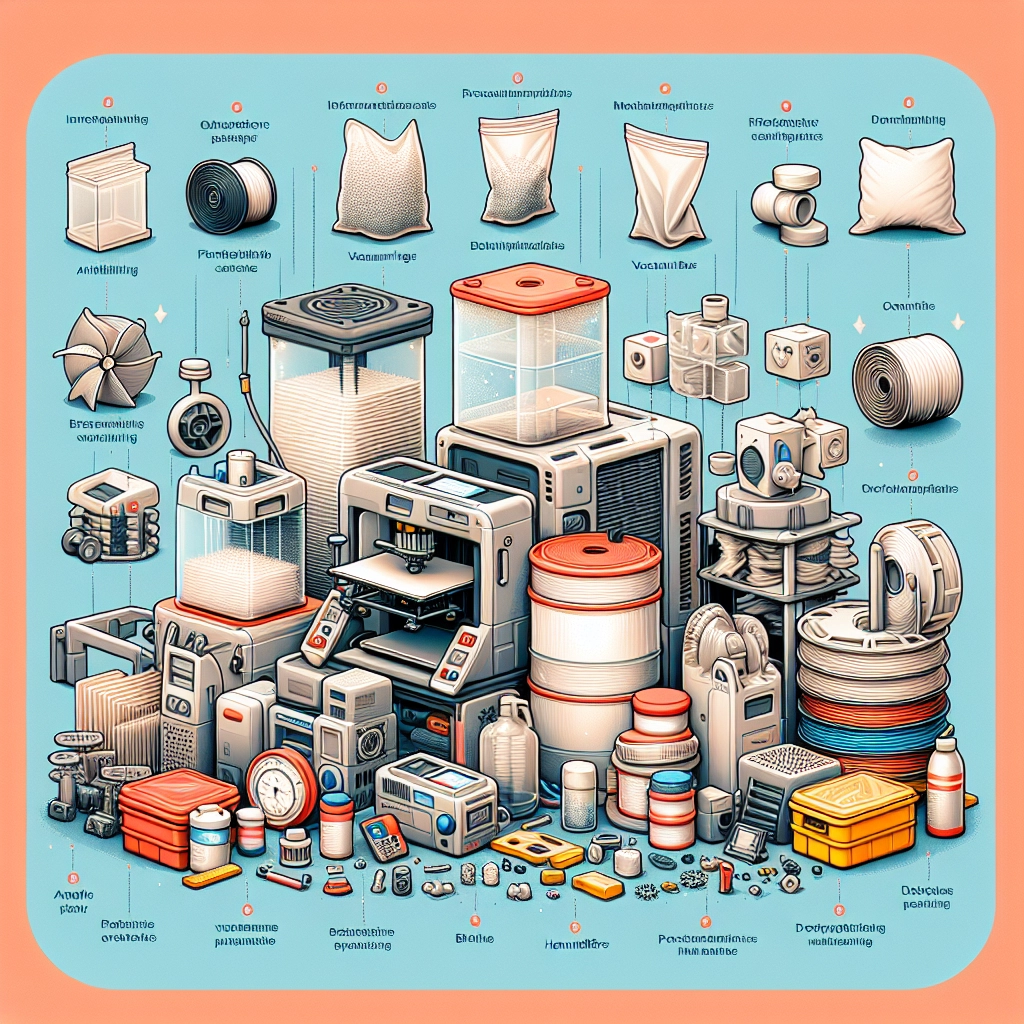Understanding Filament Storage: Keeping Your Materials Fresh
Whether you’re an avid 3D printing enthusiast or a professional looking to streamline your production, one aspect that often gets overlooked is filament storage. After all, the quality of your prints is only as good as the materials you’re using. Improperly stored filament can lead to issues like warping, brittleness, and increased printing failures. So, how do you keep those precious rolls of filament in tip-top shape? Let’s dive into the world of filament storage and explore some practical tips to ensure your materials stay fresh and ready for action.
The Risks of Poor Storage
First, let’s talk about what can happen when filament is not stored properly. Most thermoplastic filaments, including PLA, ABS, PETG, and nylon, are hygroscopic, meaning they attract moisture from the air. When filament absorbs moisture, it can lead to issues during printing. You might encounter bubbling, popping, or stringing as moisture boils off and escapes during the printing process. This not only affects the aesthetic of your print but can also weaken the structural integrity of your final product.
In addition to moisture, improper storage can expose filament to UV light, heat, and dust, all of which can degrade the material over time. That shiny spool can become dull and brittle, and you might find yourself cursing the print that refused to hold together!
Ideal Storage Conditions
So, what are the best conditions for keeping your filament fresh? It boils down to three key factors: temperature, humidity, and light exposure.
Temperature
Ideal storage temperatures for most filaments range between 15-25°C (59-77°F). Keeping your filament in a cool, dry place not only extends its life but also simplifies printing. Avoid garage spaces or attics where temperatures might fluctuate wildly, as this can lead to various physical and performance issues with the filament.
Humidity
Many experts recommend storing filament in a humidity-controlled environment, ideally between 20-50% relative humidity. To achieve this, consider using a dehumidifier in your storage space or investing in a dedicated filament storage solution. Desiccant packs, like silica gel, can work wonders in reducing moisture levels, and they’re relatively inexpensive.
Light Exposure
UV light can break down the materials in your filament over time, making it essential to limit exposure. Store your spools in opaque containers or boxes. If you prefer to showcase your collection, consider using UV-blocking containers or simply cover your spools with cloth or similar materials while they’re not in use.
Smart Storage Solutions
Now that we know how to maintain the right environment for our filament, let’s explore some practical storage solutions.
Vacuum-Sealed Bags
One smart approach is to use vacuum-sealed bags. By removing air and sealing the filament in these bags, you create a mini environment that keeps moisture out and helps retain that quality. Just don’t forget to toss in a desiccant pack to absorb any potential moisture that may sneak in.
Airtight Containers
Airtight containers are another excellent storage solution. Not only do these keep out moisture, but they also protect against dust, UV light, and temperature fluctuations. Make sure to look for containers that are labeled as food-safe, as these tend to be made from materials that won’t degrade or affect your filament.
Filament Dry Boxes
If you’re really serious about filament preservation, investing in a filament dry box might be your best bet. These boxes are designed specifically for the purpose of keeping filament dry. They often come with airtight seals, built-in desiccators, and even integrated heating elements to keep the filament at an optimal temperature.
Extra Tips for Filament Care
Here are a few additional tips to extend the life of your filament:
- Label Your Filaments: It’s helpful to write down the type of filament and its date of purchase. This way, you can keep track of aging materials and use them in order of age.
- Limit Exposure: Avoid exposing the filament to air more than necessary. Each time you open a container or bag, moisture can sneak in!
- Test Before You Print: If you’ve had spools sitting around for a while, it might be a good idea to do a test print with a small object before diving into larger projects.
By paying attention to how you store your filament, you’re taking a crucial step toward improving your 3D printing experience. Proper storage can help you unleash the potential of your printer, reduce waste, and give your creations the quality they deserve. So next time you think about your 3D printer setup, don’t forget to give your filament the care it needs to remain fresh and ready for your next project!

